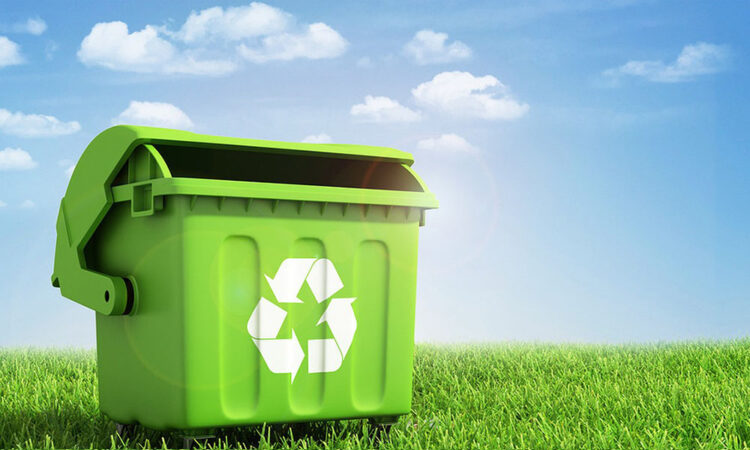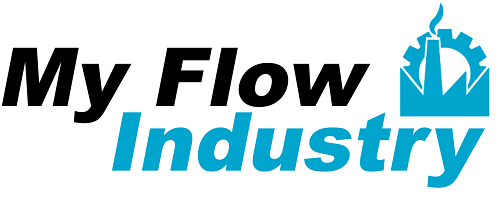
The demand for efficient and sustainable waste management solutions becomes increasingly pressing as industries grow. Waste production is an inevitable part of this industry, and without proper waste management, businesses will face increased costs, regulatory fines, and environmental damage. A tub grinder system is an effective and versatile solution for processing a wide range of waste materials. This post will explore the benefits of using these systems for industrial waste management.
Tub Grinder Systems
A tub grinder system is a heavy-duty industrial machine that grinds waste materials into smaller, more manageable pieces. The system comprises a large cylindrical tub with a rotor with cutting teeth. As waste materials are fed into the tub, the rotor spins at high speeds, grinding the materials into smaller pieces.
These systems can process various waste materials, including wood waste, green waste, construction and demolition debris, and even asphalt shingles. They are equipped with multiple screens and other features that allow them to process waste materials efficiently.
Benefits of Using Tub Grinders
Grinder systems offer numerous benefits when it comes to industrial waste management. One of the most significant benefits is their efficiency. Tub grinders can quickly process large volumes of waste materials, reducing the time and labor required for waste management. This makes them an excellent alternative for enterprises that generate considerable waste daily.
Another advantage of using these systems is their versatility. The system can handle various waste materials, making it a valuable tool for businesses in different industries. For example, it can process wood waste and turn it into mulch for landscaping or grind up asphalt shingles for road construction.
In addition to their efficiency and versatility, they can help businesses reduce their environmental impact. Businesses can limit the waste that must be carried to landfills by processing waste materials on-site, lowering greenhouse gas emissions and other environmental pollutants.
These systems are also extremely long-lasting and dependable. They are built to handle harsh waste materials and can run for long periods without stopping. This means businesses can rely on the system to produce consistent outcomes regardless of the waste materials treated.
They can also help businesses generate additional revenue by processing waste materials into valuable byproducts. For example, wood waste can be turned into mulch, sold to landscaping companies, while construction and demolition debris can be turned into reusable building materials. Businesses can use this to reduce garbage disposal costs, establish new revenue streams, and boost profits.
Choose the Right Grinder System
Several factors must be considered when choosing the right grinder system for your business. One of the most important factors is the size and capacity of the system. You’ll want to choose a system that regularly handles the waste materials your business generates.
Another essential consideration is the type of garbage that’ll be processed. Because different systems are designed to handle various kinds of waste, selecting a system compatible with the materials you will be processing is critical.
Other factors include the system’s power source, mobility, and ease of use. You’ll want to choose a system that’s easy to operate and maintain and easily transported to different job sites if necessary.
A tub grinder system is a valuable tool for businesses as they offer numerous benefits, including efficiency, versatility, and reliability, making them an ideal solution for managing waste materials. When choosing this system, it’s essential to consider factors such as size, capacity, and compatibility with different waste materials. With the right system, businesses can take a significant step towards achieving a more sustainable and efficient waste management solution. By reducing waste transport and processing costs and recycling waste materials, businesses can improve their bottom line and reduce their environmental impact.
